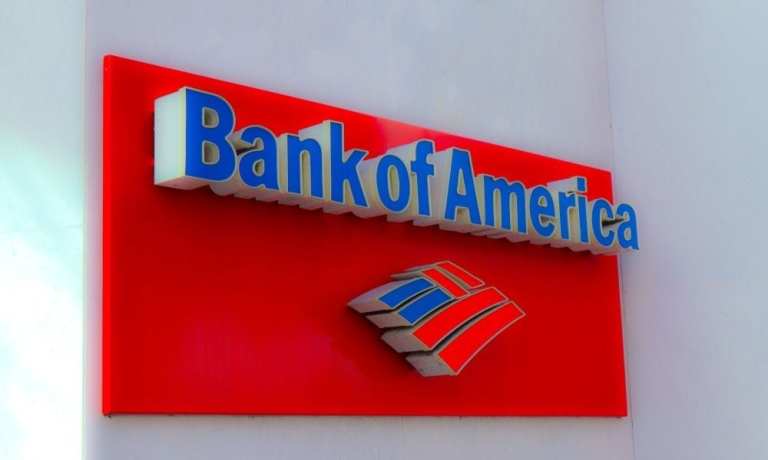BoA’s Erica Not As Renowned As Alexa, But Picking Up Fans Fast

A little over a year ago, the world met Bank of America’s answer to Alexa, it’s artificial intelligence (AI)-powered virtual assistant named Erica. The announcement was met with interest, but without wild enthusiasm.
“Best as I can tell, Erica is a deployment of AI for AI’s sake,” noted one reviewer on Insight Vault. “Erica doesn’t do really do anything that I, as a BofA customer, couldn’t already do, and other than providing a voice interface, doesn’t necessarily do it better.”
This reviewer, like many early Erica watchers, noted that Erica had the same problem so many voice and AI products have — the concept was much better than the execution. The conventional wisdom in early was that Erica would struggle to gain the millions upon millions of customers it would need to be worthwhile for Bank of America to continue investing in it.
Regular PYMNTS readers will not be shocked to find out that those predictions didn’t quite come through. As of this week, Bank of America formally announced that a little over one year in, its AI-powered voice assistant has logged 7 million users and 50 million client requests, and the firm is avidly looking at what’s next and how to keep the growth alive.
“It’s been a solid first year, but we’re just beginning to scratch the surface of Erica’s full potential to transform the client experience and help them live their best financial lives,” David Tyrie, head of advanced solutions and digital banking at Bank of America, said in a statement.
Rapid Development
Within less than a month of its first rollout, Erica had reached 1 million users.
Several months later, by October 2018, Erica had surpassed 3.5 million users and had skills like tracking month-to-date spending, reporting of FICO scores, managing subscriptions and sending bill-pay alerts. At an industry event last year, Michelle Moore, former head of digital banking at Bank of America, noted the bank had discovered over 2,000 different ways customers could ask Erica to send money.
“We never envisioned this,” she said then.
And the rapid growth kept on apace into early 2019. As of late March, Bank of America reported 6 million Erica users and user growth of 29 percent between late December 2018 and late March 2019.
“Since launching Erica’s proactive insights late last year, daily client engagement with Erica has doubled,” Tyrie said in a statement at the time.
Two months later, Erica’s users are up by 1 million, while client requests fulfilled have climbed by 15 million from the 35 million reported in March. The growth was once again attributed by Tyrie to the year’s worth of upgrades and adjustment to make the financial platform more useful and accessible.
As for who is accessing it, as it turns out it is a fairly wide demographic range, though more widely concentrated in some places than in others. Of users, 15 percent are from Gen Z, 49 percent are millennials, 20 percent are Gen Xers and 16 percent are baby boomers.
By Bank of America estimates, 150,000 clients now interact directly with Erica each week — and the goal for the remainder for the year is expanding and refining capabilities to provide clients further insights and guidance on optimizing cash flow, managing debt, monitoring transactions, capitalizing on savings opportunities and balancing competing priorities to reach critical financial goals.
“The personalized, proactive and predictive nature of Erica’s guidance is what will continue to make the solution unique and powerful,” said Tyrie.

